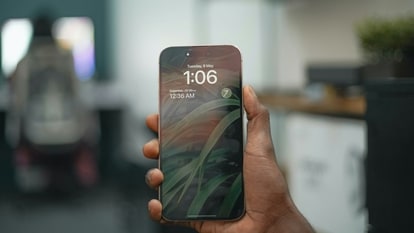How to detect hardware trojan malware on your smartphone?
Hardware trojans increase the power consumption of the device. Here’s how you can protect it.


Our smartphones contain several crucial pieces of information from bank details to personal details, photos etc. Thus, it has become a regular target for cybercriminals who try to steal users' information through various means. While we are already familiar with android malware, have you heard of a “hardware Trojan”? It's a Trojan horse virus that is planted into a smartphone by developing a software with the Trojan or by sending a text message with a link. Here's how you can detect if your device has Hardware Trojan.
How to detect a hardware trojan?
The hardware trojan is very difficult to detect as its operation is extremely concealed. However, a team of researchers at a University in Missouri have created a test called PDNPulse to detect if a device has a “hardware Trojan''. The test is based on measuring the power consumption of printed circuit boards
In tests, the researchers found that the power consumption of a device with a “hard Trojan” is higher than that of the same device without a “hardware Trojan”. This method is also applicable to detect the “Trojan horse” in the software layer. The power consumption of the device increases due to the presence of strange software in the system and hence results in a shorter standby time. But the accuracy of this method is yet to be confirmed.
How to prevent this trojan?
Well! You can prevent your device from being exposed to these hardware trojans with some simple and easy tips. The first thing is to avoid sharing your power bank with someone else. However, if you have to do so due to an emergency then make sure that you use regular public power banks from big brands. Don't use power banks with unknown origins and niche brands.
Secondly, if you're using the shared power bank and other third-party devices, pay attention to the prompts and permission on your device. If you see prompts like “do you trust this device” on the mobile phone, be vigilant as the third party device might get access to your phone if you select yes.
Thirdly, if you're an android phone user then you must not try to open “developer mode” as this can make your device more vulnerable to attack.
Catch all the Latest Tech News, Mobile News, Laptop News, Gaming news, Wearables News , How To News, also keep up with us on Whatsapp channel,Twitter, Facebook, Google News, and Instagram. For our latest videos, subscribe to our YouTube channel.


























